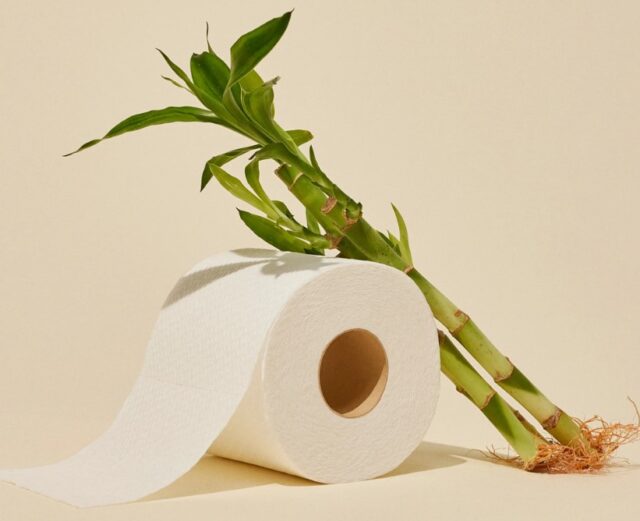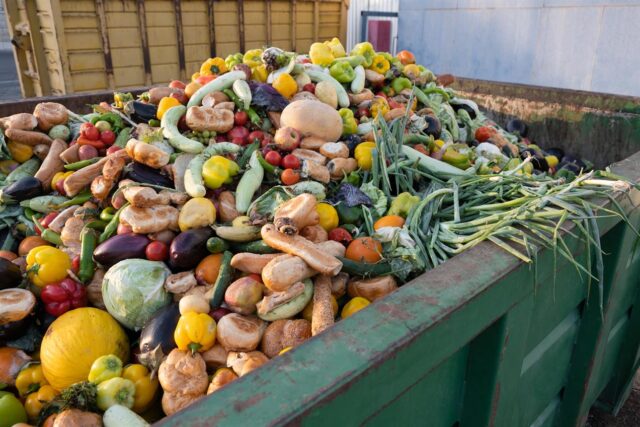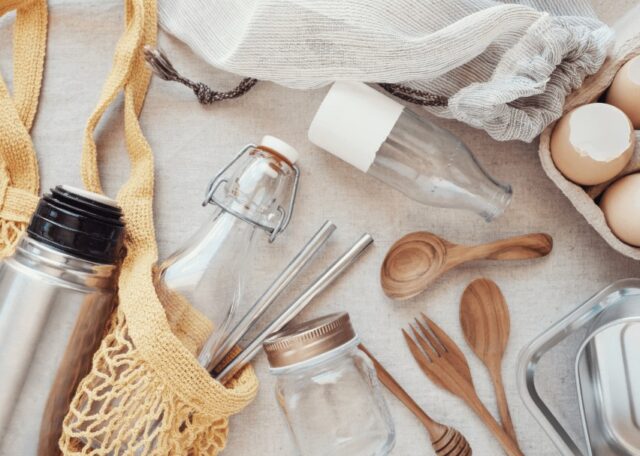
Sustainability sounds great in theory—less waste, cleaner planet, a happier future. But let’s be real: in a world where fast fashion, over-packaged deliveries, and disposable everything dominate, can we actually live sustainably, or is that just a pipe dream?
While no one’s expecting you to churn your own butter or stitch your own clothes (unless that’s your vibe), making small but smart choices can flip the script on waste culture. The trick isn’t about perfection; it’s about shaking up old habits in a way that actually works.
Let’s start by getting real about what sustainability can look like today—spoiler: it’s more approachable than you think.
Are We Recycling Wrong? The Hidden Costs of Tossing Without Thinking
It feels good to toss a soda can into the blue bin and assume we’ve done our bit for the planet. But recycling isn’t the eco-hero we thought it was, especially when we’re doing it wrong. Contaminated plastics, “wish-cycling” (that’s when you throw questionable stuff in, hoping for the best), and outdated systems mean that a lot of what you think gets recycled actually ends up in a landfill—or worse, floating in the ocean.
The bigger issue? A single misplaced greasy pizza box can render an entire batch of recyclables useless. While education on proper recycling practices is getting better, the reality is that we’ve been sold a myth: recycling isn’t the ultimate fix, and relying on it as our main sustainability strategy only puts a Band-Aid on a much bigger problem.
So where do you go from here? Start questioning what you buy in the first place. Because reducing waste always beats finding creative ways to manage it after the fact.
Can Something as Simple as Bamboo Toilet Paper Make a Difference?

Let’s talk about the unglamorous stuff, literally. Traditional toilet paper is a surprisingly big offender in deforestation—one of those dirty secrets no one thinks about until it’s spelled out. Enter bamboo toilet paper, a game-changer that blends practicality with sustainability.
Bamboo grows fast—like, blink-and-you-miss-it fast. It requires less water than trees, regenerates without replanting, and absorbs more CO2 while it’s growing. Plus, it’s naturally biodegradable. Switching to a bamboo-based alternative for something you use every single day isn’t just a small gesture—it’s a subtle act of rebellion against wasteful practices, and honestly, who doesn’t love sticking it to the status quo?
And no, this doesn’t mean sacrificing comfort. Sustainable living gets a bad rap for feeling like a downgrade, but bamboo options have proved that eco-conscious choices can actually upgrade your experience. It’s a small swap, but one with an outsized impact.
The E-Waste You Don’t See ─ Why Our Old Tech Is a Bigger Problem Than We Think
Your old phone? Still a problem. That drawer full of tangled chargers? Same. E-waste is one of the fastest-growing waste streams on the planet, and unlike paper or plastic, you can’t just toss an outdated laptop into the recycling bin and hope for the best.
What makes it worse? E-waste management is staggeringly complex. These gadgets contain a mix of valuable materials (hello, gold and copper) and harmful ones like lead and mercury. When electronics aren’t disposed of properly, they can leak toxins into soil and water. Recycling programs for tech do exist, but the process is far from straightforward, and participation rates are shockingly low.
If you’re sitting on a pile of outdated gadgets, it’s time to rethink your strategy. Look for trade-in programs, donate what still works, and avoid the temptation to upgrade unnecessarily. Sometimes, sustainability starts with saying no to the latest and greatest.
The Food Waste Problem Nobody Wants to Talk About

Food waste is the eco-crisis hiding in plain sight. We’ve all tossed out a bag of spinach because it went slimy or ditched leftovers that didn’t seem appetizing anymore. But globally, about a third of all food produced gets wasted—while millions go hungry.
Here’s the kicker: wasted food doesn’t just mean wasted resources like water, energy, and labor. When food rots in a landfill, it releases methane, a greenhouse gas that’s even more potent than CO2. Translation? That forgotten half-eaten salad isn’t just hurting your wallet; it’s a sneaky climate villain too.
Reducing food waste doesn’t have to feel like a guilt trip. Meal planning, better portioning, and storing food properly are all simple ways to keep things from going to waste. Composting is another no-brainer—turn scraps into soil instead of methane.
Fast Fashion’s Not-So-Fabulous Legacy
That $10 T-shirt deal might feel like a win, but behind it is a laundry list of problems. Fast fashion is one of the most wasteful and exploitative industries out there, producing mountains of clothing that’s often designed to fall apart after a few washes.
The production process alone guzzles resources—cotton requires massive amounts of water, and synthetic fabrics shed microplastics every time they’re washed. Add to that the transportation emissions and the sheer volume of discarded clothes clogging up landfills, and it’s clear the cost of “cheap” clothes is anything but.
What’s the alternative? Investing in fewer, better-quality pieces. Thrifting. Upcycling. Even organizing clothing swaps with friends. Every choice matters, and the ripple effect of rejecting fast fashion is one of the most impactful ways to vote with your wallet.
Rethinking Single-Use Culture ─ What Happens When We Stop Settling for Convenience?

Single-use items are the epitome of modern convenience, but they come with a hefty environmental price tag. From plastic cutlery and coffee cups to those tiny hotel toiletries that somehow always feel like a freebie, the ease of single-use often blinds us to the long-term consequences.
The problem with single-use culture isn’t just the volume of waste—it’s the mindset it creates. When something feels disposable, we stop valuing it. And when we stop valuing resources, we perpetuate a cycle of overproduction and overconsumption.
So, what’s the fix? Start by challenging the norm. Bring your own reusable mug to the coffee shop. Carry a collapsible metal straw. Reimagine what you really need versus what’s just a convenient extra. These swaps might seem small, but the shift in perspective they create is monumental. The next time you reach for something designed to be used once and tossed, ask yourself: what would the reusable version look like? Chances are, it’s not just better for the planet—it’s better for you too.
Sustainability Isn’t About Perfection—It’s About Progress
Trying to live sustainably doesn’t mean chaining yourself to a tree or renouncing modern life. It’s about making choices that align with the kind of world you want to live in. Not every swap will feel groundbreaking, and not every effort will be perfect.
But the cumulative impact of small, conscious decisions adds up. Choosing bamboo toilet paper, ditching fast fashion, or being smart about your tech disposal are all tiny victories. And if more of us embrace these changes, even imperfectly, we might just turn the tide on waste culture—and redefine what sustainable living really looks like.







